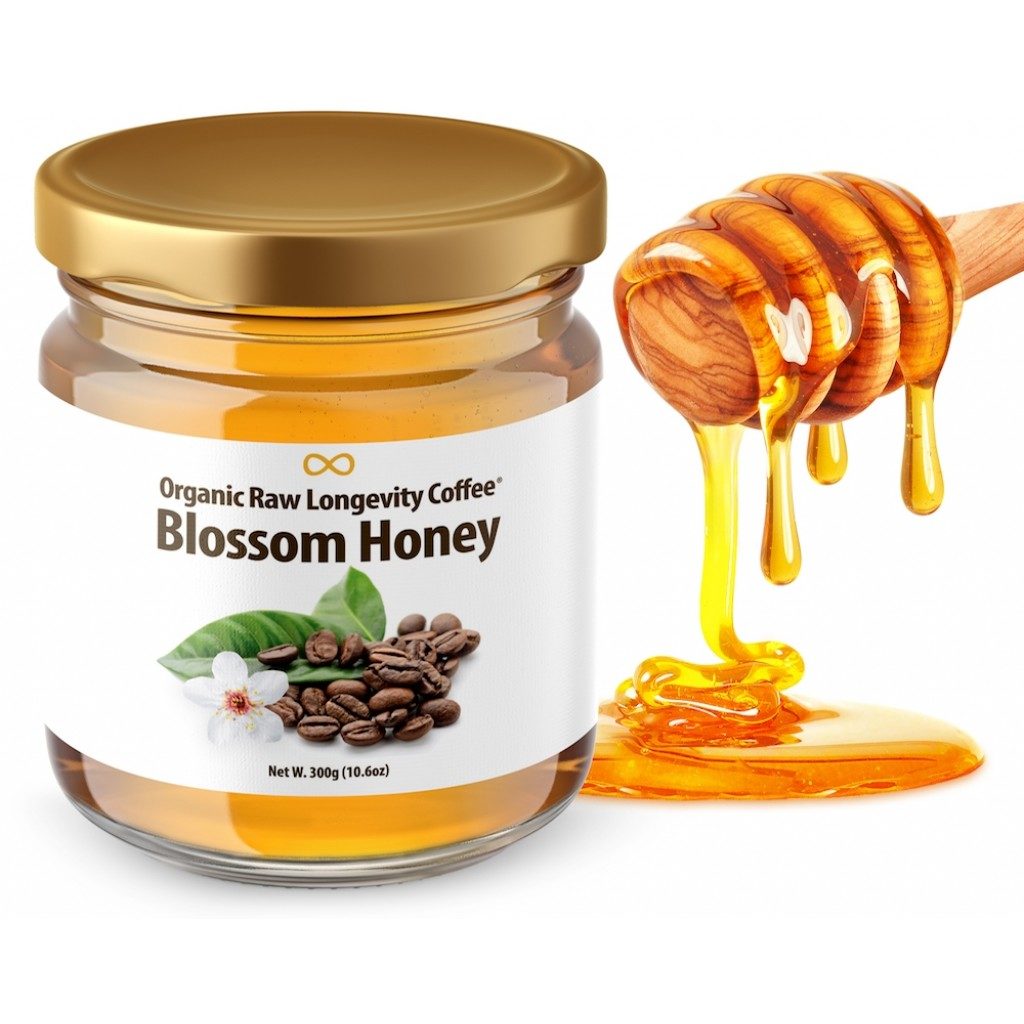
Honey
Honey nourishes cells not only for brain-based activities but also for overall cellular repair, which makes it a very helpful beauty food. When applied topically, honey acts as a humectant, drawing water out of the air and into itself, making it intensely hydrating. In its raw and unfiltered state, honey is rich in minerals, antioxidants, probiotics, enzymes, and antibacterial properties, which act to protect and nourish damaged skin. For these reasons, honey is used today as an ingredient in many beauty products.
Honey has gained acceptance in the topical treatment of ulcers, bed sores, and skin infections that come about from burns and wounds, and it is now used to deal with infections on skin grafts and skin graft donor sites. It has been shown to rapidly clear infections from deep surgical wounds that aren’t responding to antibiotics and antiseptics, including wounds infected with methicillin-resistant Staphylococcus aureus.
Internally, raw honey supports the production of melatonin, which is essential for a good night’s sleep, and sleep affects telomeres, a critical component of beauty and healthy aging. Honey’s amino acids support tissue rebuilding and repair to keep the foundation under the skin plump and strong. In its raw unprocessed form, honey is one of nature’s richest sources of live healing enzymes, containing about two hundred active substances on average. These enzymes make honey a nourishing replacement for white sugar and high-fructose corn syrup; they support digestion, the assimilation of food and nutrients, and weight loss efforts (unlike fake sweeteners, which tear your body down and create fat).
The composition of honey varies a bit, depending on the plants the bees visit. However, almost all natural honey is composed primarily of fructose and glucose, and contains fructooligosaccharides, lots of amino acids, vitamins, minerals, enzymes, phenolics, peptides, flavonoids, phenolic acids, tocopherols, and superoxide dismutase, which work together to heal the body both inside and out. All of these factors together make honey such an all around medicinal superstar superfood.
How can you leverage the mighty antioxidant effects of honey on your skin? Here are my top three topical ways to reduce acne, hydrate your skin, boost your complexion, and get that coveted glow so many chemical beauty products pretend to offer:
Moisturizing mask: Dampen your face with warm water, then apply about half a teaspoon of raw honey in a thin layer, massaging your skin in a circular motion. Leave the honey on your face for at least thirty minutes. Rinse it off with warm water, and be prepared for soft, radiant skin.
Zit zapper: Don’t reach for an over-the-counter acne remedy when you pop out with an annoying blemish. Instead, dab a little raw honey on the offender before you go to sleep. (Make sure your fingertip is clean when you apply it!) In the morning, you’ll notice your skin will be less annoyed with you and well on its way to recovery. If you have a major zit forming, mix the honey with 1 drop lavender essential oil before you apply it. If the blemish is threatening to take over your face, mix the honey with 1 drop each lavender and tea tree essential oils, and knock that monster out.
Pore empowerer: Let the enzymes in raw honey do the dirty work to get the gunk out of your pores. Mix 1 tablespoon raw honey with 2 tablespoons coconut oil until they are well combined. Wash your face with warm water, dry it well, then apply the honey-and-coco- nut-oil mixture, massaging it into your skin using circular motions while avoiding the eye area. Let the mixture sit for a few minutes before rinsing it off with lukewarm water.
What kind of honey should you Buy?
Buy only raw, unprocessed, organic honey. The golden, syrup-like honey you see around in the cute little bears has been heavily processed, chemically refined, or heat-treated, which destroys the beneficial enzymes, vitamins, and minerals.

+ There are no comments
Add yours